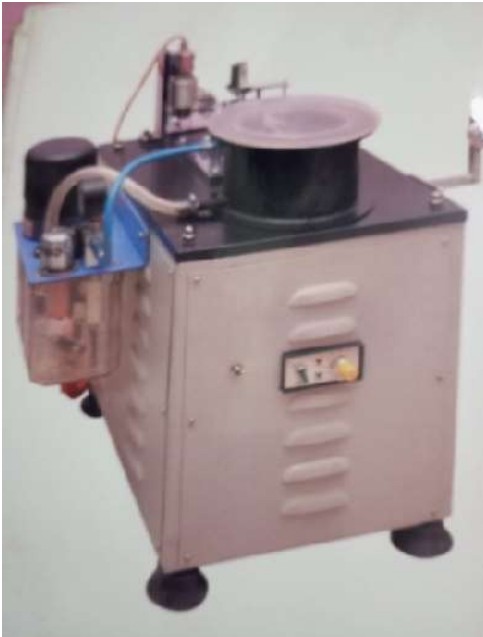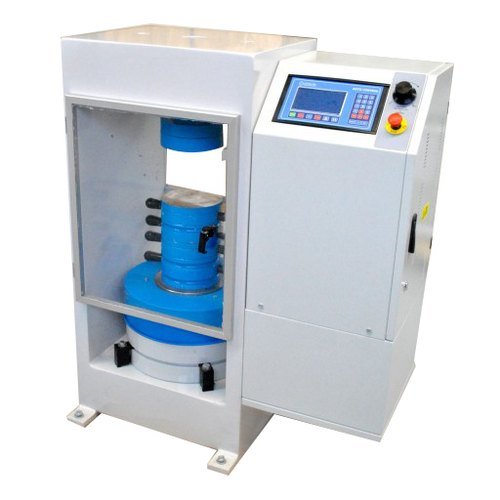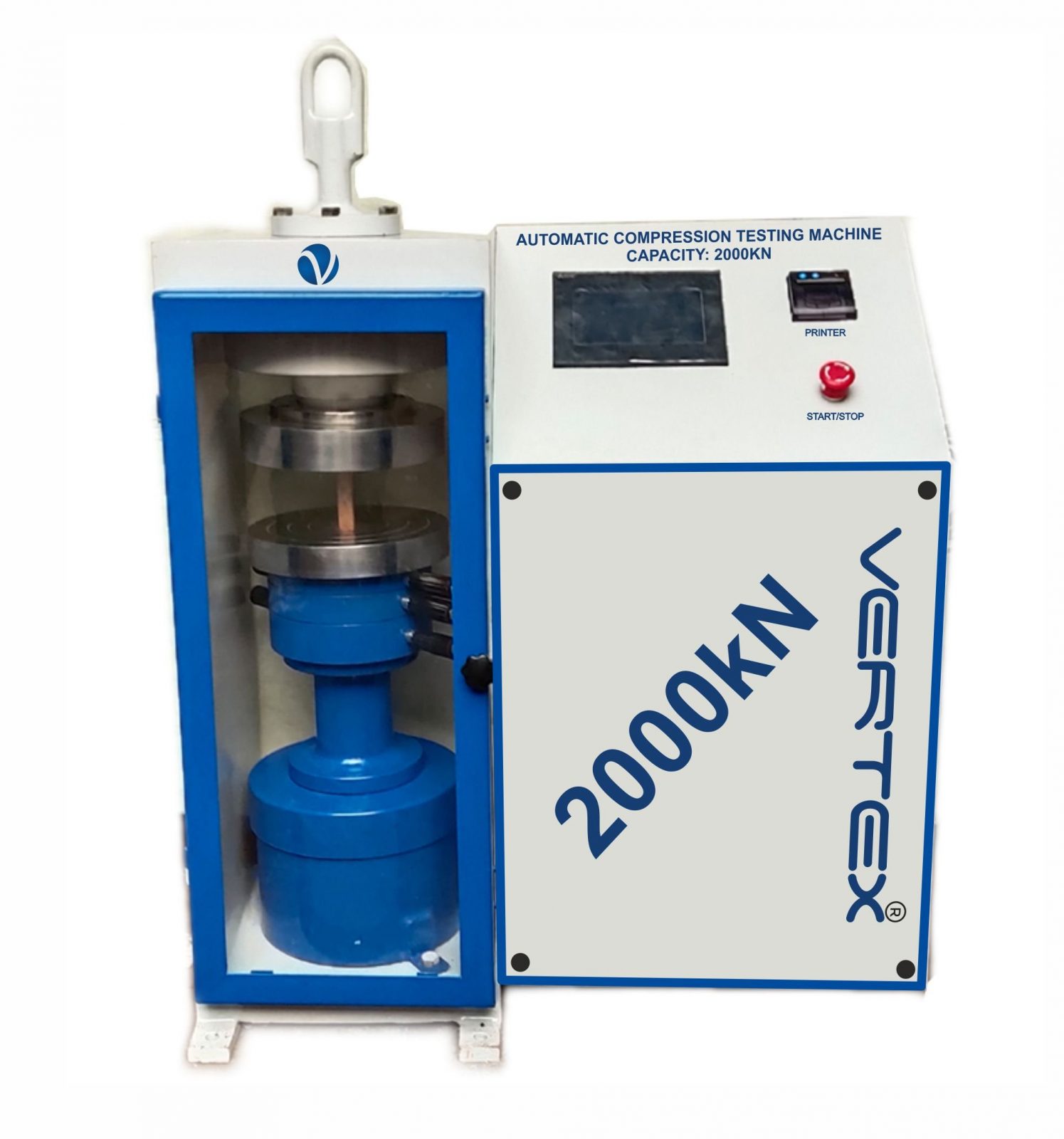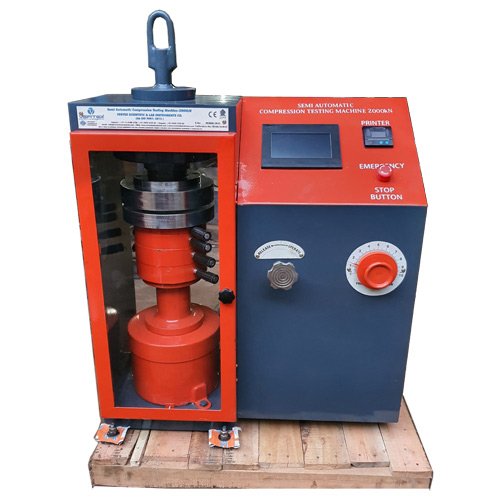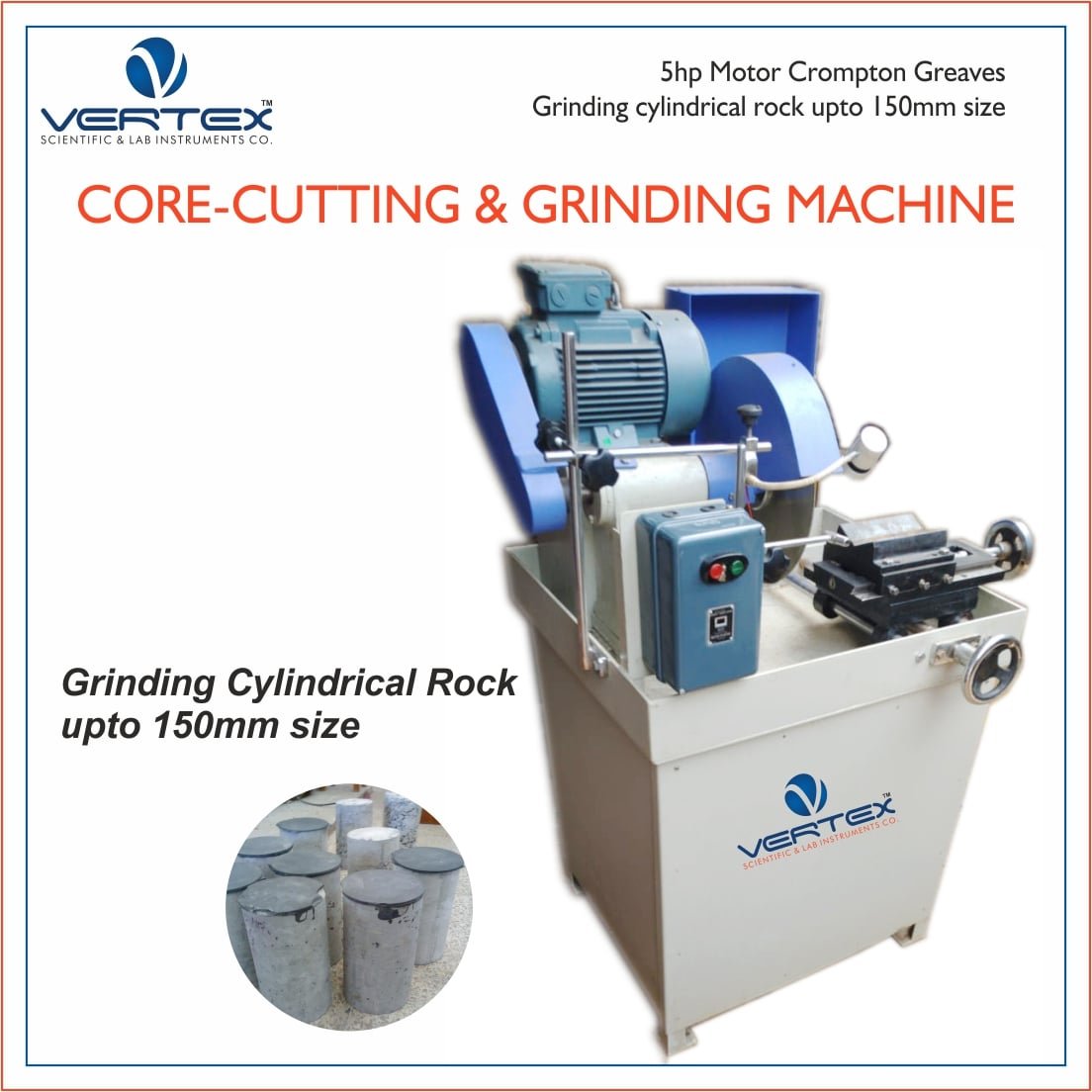A Pin-on-Disc wear testing machine, also known as a tribometer, is a device used to study the friction and wear characteristics of materials under sliding conditions. It typically consists of a stationary pin or ball pressed against a rotating disc, allowing for the measurement of parameters like the coefficient of friction, friction force, wear rate, and wear volume. How it Works:
- Components: The machine features a stationary pin (or ball) and a rotating disc. The disc is usually made of a harder material to simulate real-world counter surfaces.
- Load Application: A normal load is applied to the pin, pressing it against the disc. This load can be adjusted and controlled, often with weights or a sophisticated loading system.
- Sliding Motion: The disc rotates, causing the pin to slide and create friction and wear. The speed of rotation and the wear track diameter can be varied.
- Measurement & Monitoring: Sensors monitor the frictional force, wear, and sometimes temperature and other parameters in real-time.
- Data Analysis: After the test, the wear on the pin and/or disc is analyzed, often by measuring weight loss before and after the experiment to calculate wear volume. Surface topography analysis and microscopy can also be used to examine wear patterns.
Applications and Advantages:
- Material Characterization: Ideal for evaluating the tribological properties of various materials, including alloys, ceramics, polymers, and coatings.
- Controlled Conditions: Offers better control over experimental conditions compared to other tribometers, allowing for relatively steady-state testing.
- Versatility: Can be adapted for dry or lubricated tests, and can incorporate various adapters for different test geometries (e.g., pin-on-plate, block-on-ring).
- Parameter Flexibility: Allows for adjustable parameters like load, speed, temperature, and environmental conditions.
Technical Specification
| Wear and friction monitor |
Pin on Desk Tester with an environment and lubrication Recirculation system |
| Pin diameter |
3 to 12 mm Diagonal/Diameter |
| Ball diameter |
10 mm |
| Disc (diameter x thickness) |
165×8 mm |
| Wear track diameter |
50-100 mm |
| Sliding velocity |
0.5-10 m/sec |
| Disc speed |
200-2000 rpm, LC- 1rpm |
| Normal Load |
5-200 N in steps of 5N |
| Friction force |
0-200 N, LC-0.1N; Wear: 0-2000 um, LC-1 micron |
| Software |
Windows based software (Frictional force vs Wear, Frictional force vs Time, Wear vs Time) |
| Data entry |
Through software |
| PC connectivity |
Serial Interface (RS232) |
| Reports & printouts |
Graphical-data type reports can be printed through software |
| Power Supply |
230 V |

